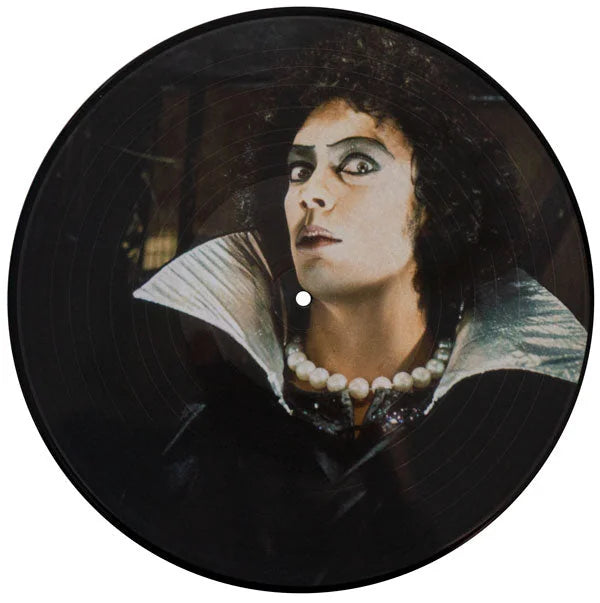There’s something magical about holding a record in your hands. Unlike a digital file, it has weight, texture, and character. People are drawn to vinyl because it makes music feel more real. The cover art is large and detailed, the grooves are visible, and even the smell of vintage vinyl adds to the experience. This kind of physical interaction with music can spark joy in a way that a playlist simply can’t. This physicality is one of the biggest reasons it continues to thrive, even as streaming dominates.

What Makes Vinyl Record Stores Unique
The Role of Vinyl Record Dealers
These dealers utilize their extensive knowledge to curate selections that introduce customers to artists they might not have discovered on their own. Whether it’s a rare jazz pressing or an underground punk demo, dealers often act as guides through the vast universe of recorded music. Their recommendations carry weight because they’re grounded in years of listening and understanding what makes a record worth owning.
In-Store Events That Foster Local Music Culture
Events hosted at indie record stores play a vital role in building community. These gatherings help create a local culture of music appreciation. It’s not uncommon for artists to do intimate sets right between the racks of vinyl, giving fans a close-up connection to the music and its creators. For young musicians, these stores can be a launching pad. For long-time collectors, they become meeting grounds. Personal interaction keeps the culture vibrant and rooted in shared passion rather than fleeting trends.
Contrasting the Vinyl Shop With Digital Streaming Services
When comparing digital vs. vinyl, the contrast is sharp. Streaming platforms focus on convenience and endless access, but often reduce music to background noise. In contrast, vinyl encourages deliberate listening. You commit to the album as the artist intended. While streaming promotes quantity, vinyl values quality. The record store itself reflects this difference. It’s a place of quiet concentration, filled with thoughtful music fans rather than passive listeners.
Vinyl Record Categories and Genres
One of the greatest joys of visiting a vinyl record store is discovering the vast range of music genres and categories available in this timeless format. Vinyl’s enduring popularity is fueled in part by its ability to capture the full spectrum of musical expression, from the earliest jazz recordings to the latest hip-hop releases. For many collectors and enthusiasts, crate digging is as much about exploring diverse genres as it is about finding specific artists or rare editions. Classic rock remains a cornerstone of most record stores, offering everything from the legendary sounds of The Beatles and Led Zeppelin to the electrifying riffs of modern bands like Arctic Monkeys. Alongside rock, hip-hop has carved out a significant presence in the vinyl world, with both classic albums and contemporary masterpieces pressed to wax, enabling fans to experience the warmth and depth that vinyl brings to hard-hitting beats and lyrical flows. R&B, funk, and soul are also well represented, with iconic releases from artists like Lauryn Hill, SZA, and Bob Marley drawing listeners who crave rich grooves, emotive vocals, and timeless songwriting.
New and Featured Vinyl Releases: Exploring the Latest and Most Anticipated Arrivals
For vinyl enthusiasts and music collectors, few experiences compare to the thrill of discovering new and featured releases on the shelves of a record store. The landscape of vinyl is constantly evolving, with artists and labels issuing fresh pressings, reimagined classics, and exclusive editions that cater to both seasoned collectors and newcomers alike. Each week brings a wave of new arrivals, ranging from chart-topping pop albums to underground gems, all waiting to be explored. These releases often include highly anticipated albums from major artists, anniversary editions of beloved records, and the latest offerings from emerging talents, ensuring that every visit to a vinyl record store holds the promise of something unexpected.
Crate Digging Culture and Collector Skills
Crate Digging Tips
Exploring every bin, not just the popular genres. Great finds often live in overlooked sections like international music or private pressings. Always scan for unique cover art, lesser-known labels, and offbeat titles. Visiting a vinyl shop frequently helps you catch new arrivals before others do. Don't rush the process; part of the joy comes from browsing without a plan. Over time, your instincts will sharpen, and you’ll begin to recognize patterns in labels and pressings that lead to valuable discoveries. Understanding label history and pressing variations can elevate your crate-digging game. Each label tells a story, and knowing those stories helps you spot valuable or rare editions. Original pressings from specific labels often hold greater value than reissues. Likewise, learning about matrix numbers, pressing plants, and the country of origin can help you determine authenticity and quality. Collectors use this information to identify limited runs or early pressings, which are more desirable. A little research before heading to the vinyl record store can make the difference between buying a common copy and scoring something truly special.
Evaluating Condition
Condition plays a major role in the value and playback quality of a record. A record may look beautiful at first glance, but requires closer inspection to truly judge its worth. Here are a few important checks to make before committing to a purchase:
Surface Inspection: This helps highlight imperfections that might not be visible in dim conditions. Rotate the record slowly and look for deep scratches, pronounced scuff marks, or cloudy patches that may indicate groove damage. While minor hairline marks from sleeve friction are often harmless, gouges or etched lines that cross grooves can lead to skips or audio dropouts. Grooves should appear clean and uniform, with no dullness that might suggest wear from dirty needles or overplaying. A record that looks “mint” in poor lighting reveals a different story under close scrutiny.
Label Condition: A clean label with no pen marks, stickers, or fading suggests careful ownership. In contrast, worn or water-stained labels may signal prolonged exposure to moisture or excessive use. Torn centers or spindle marks around the hole often point to rough cueing or excessive play. Collectors prize crisp, legible labels not just for aesthetic reasons but because they often correlate with better vinyl condition. If a label shows no wear but the record does, it may have been mishandled during storage. Conversely, a flawless label can hint that the record spent most of its life inside its sleeve and was rarely played. Always assess label condition in tandem with surface inspection for a more complete picture.
Edge Warping: Warping is a silent killer of vinyl quality, and it often begins around the edges. To test for this, place the record on a perfectly flat surface and gently spin it. If the edges rise and fall with movement, there’s likely a warp that could affect stylus tracking. Even small warps can cause skips or pitch instability, especially if they occur near the outer rim where the needle first drops. In extreme cases, warped records may not play at all without special flattening tools. While some collectors tolerate minor warps, those looking for playback precision should avoid them entirely. This check is vital for sealed or older records, where age and packaging conceal structural flaws. Flatness is an often-overlooked yet essential aspect of record evaluation, particularly for audiophile-grade listening.
Smell Test: Bring the record and its jacket close to your nose, and if you detect a basement-like odor, there’s a high chance the item has been exposed to moisture. Mold and mildew not only damage cardboard and paper sleeves but can also seep into the grooves of the vinyl itself. A mold-contaminated record may look fine, but play with a muffled or distorted tone. Worse, spores can spread to other items in your collection. Even after a thorough cleaning, deeply embedded mildew odors are difficult to eliminate.
Sleeve Integrity: Inspect for corner dings, seam splits, discoloration, or bubbling caused by water exposure. A well-maintained sleeve typically suggests that the record inside was also treated with care. Look for original inner sleeves, inserts, or lyric sheets, as these enhance the record’s value and completeness. If the sleeve feels limp or has soft spots, it could indicate structural damage from age or mishandling. On the other hand, a rigid, well-maintained jacket with minimal wear demonstrates pride of ownership.
Whether you’re a seasoned collector or a curious beginner, learning to read these signs will help you make smarter choices and deepen your connection to the medium.

Exclusive Editions and Box Sets
For many collectors and music enthusiasts, the thrill of vinyl shopping often goes beyond standard releases—it's the hunt for exclusive editions, deluxe box sets, rare color variants, and unique bundled deals that truly set the experience apart. These special offerings transform the act of buying a record into something more personal and memorable, appealing to both seasoned collectors and newcomers eager to own a piece of music history. Limited editions are typically produced in small quantities and may feature alternate cover art, bonus tracks, or special inserts that aren’t available elsewhere. This scarcity not only enhances their appeal but also fosters a sense of exclusivity and pride among those lucky enough to secure a copy. Box sets, on the other hand, are often lavishly packaged collections that might include multiple LPs, unreleased material, posters, booklets, or even memorabilia. They serve as immersive retrospectives, allowing fans to explore an artist’s evolution or a genre’s legacy in depth. Exclusive color variants offer another dimension of collectibility. These visually striking pressings are frequently tied to a specific store or event, making them sought-after trophies for collectors who value both sound and aesthetics. Bundled deals also play a significant role, often grouping together related albums, merchandise, or even tickets to special events. These packages not only provide value but also create a sense of occasion around a purchase, turning it into a celebration of music.
Best Sellers and Popular Picks: Essential Vinyl Albums for Every Collection
When it comes to building a vinyl collection, certain albums consistently stand out as best sellers and perennial favorites among collectors and newcomers alike. These records have transcended fleeting trends, earning their place in the hearts of music lovers everywhere. From classic rock staples to modern pop icons, there are a handful of albums that nearly every vinyl enthusiast seeks out, either for their timeless sound, cultural impact, or the unique listening experience they provide on wax.
Practical Aspects of Shopping at Vinyl Record Stores: Policies, Parking, Jobs, and Online Convenience
Shopping at a vinyl record store is a unique experience, blending the tactile joy of crate digging with the convenience and structure of modern retail. Before setting out, it’s helpful to understand the practicalities that shape your visit. Most independent record stores have clear store policies designed to protect both the merchandise and the customer experience. For example, many shops require that you handle records with care. Using two hands, avoiding touching the grooves, and always returning items to their proper place. Listening stations, if available, may have time limits or require staff assistance to minimize wear on rare items. Return and exchange policies can vary: some stores offer returns only on unopened or defective products, while others may allow exchanges within a set period. It’s wise to ask about these policies upfront to avoid surprises, especially when purchasing higher-value or sealed records.
What to Know
Before you buy vinyl records, it’s important to have a game plan. Identify the genres or artists you’re passionate about, but stay open to unexpected finds. Research pricing to avoid overpaying for a record simply because it appears rare. Always ask to inspect the vinyl or hear a sample if the store allows it. Sometimes, older pressings offer better sound quality at a lower cost. Checking the year, label, and matrix numbers can help you understand exactly what you’re getting.
Selling and Trading Vinyl Records
Selling or trading your vinyl at a record store can be a rewarding way to refresh your collection, make some extra cash, or discover new music without spending much. Most independent record stores actively seek quality used vinyl, and the process typically begins with a straightforward appraisal. Before bringing your records to the shop, take time to assess their condition: clean both the vinyl and the sleeves, check for warping, and be honest about any flaws. Stores generally pay top dollar for records in excellent or near-mint condition, especially if they’re rare, in-demand, or come with original inserts and sleeves. Common titles or records in poor shape may be declined or offered at a lower price.
Best Way to Store Records for Longevity
Vinyl is delicate—heat, light, moisture, and improper handling can all cause damage. To ensure long-term enjoyment and protect your investment, follow these essential storage practices:
Store Records Upright: Much like books on a shelf, records need to stand upright to distribute weight evenly and maintain their shape. When stacked horizontally, even a small pile can create pressure that slowly warps the records at the bottom, especially if left for extended periods. Warped records can cause playback issues such as skipping, pitch fluctuations, and even permanent groove damage. Use sturdy shelving units with adjustable dividers to keep records standing upright and snugly supported. Avoid over-packing shelves, which can make it challenging to remove records without bending or damaging them.
Use Quality Sleeves: High-quality inner sleeves protect the actual vinyl surface from dust, scratches, and static buildup. Meanwhile, outer sleeves preserve the artwork and structural integrity of the album jacket, which is often as collectible as the record itself. Paper or cardboard inner sleeves, particularly the older ones with sharp edges, can scratch the record each time it's inserted or removed. Replace them with smooth inner sleeves that offer better glide and less friction. Opt for clear polypropylene protectors that guard against scuffs and moisture without clouding the artwork. Sleeves should fit snugly but not tightly, allowing easy access without damage.
Avoid Heat and Sunlight: Vinyl records are made of PVC, a material that becomes pliable under heat. That means even moderate temperatures can cause records to warp beyond repair. To protect your collection, store it in a room that maintains a consistent temperature, ideally between 60°F and 70°F (15°C to 21°C). Avoid placing shelves near windows, radiators, or heating vents, and never leave records in a hot car or attic. Sunlight not only damages the vinyl itself but also fades and discolors album jackets, diminishing their visual and collectible value. Use blackout curtains or UV-blocking window film if your storage space receives natural light. Temperature spikes can also cause inner pressure that leads to jacket warping or shrinkage of the shrink wrap. Controlling exposure to heat and light preserves both audio quality and the aesthetic appeal of your collection.
Maintain Moderate Humidity: High humidity can foster mold and mildew, which damage both vinyl and paper sleeves. On the other hand, arid conditions can cause cardboard jackets to become brittle or crack. Aim for a stable relative humidity between 40% and 60%. Use a digital hygrometer to monitor conditions and install a dehumidifier or humidifier as needed. If you live in a coastal or particularly humid region, consider adding silica gel packets to your shelving area or storage bins to provide additional moisture control.
Good storage is about respecting the medium. Treat your vinyl like the art it is, and it will reward you with decades of rich, immersive listening experiences.
Vinyl Record Pricing and Deals: Strategies, Discounts, and Budget-Friendly Options
Independent record shops often employ a dynamic approach to pricing, balancing the value of rare pressings and in-demand titles with the need to offer affordable options for newcomers and seasoned collectors alike. Many stores feature a dedicated “bargain bin” or “vinyl under $30” section, where shoppers can discover hidden gems and classic albums at wallet-friendly prices. These sections are a goldmine for those eager to grow their collection without breaking the bank, offering everything from timeless rock staples to overlooked treasures in genres like jazz, funk, or indie. Shops may rotate these discounted selections regularly, encouraging frequent visits and rewarding crate diggers who are willing to explore beyond the obvious choices.
How Technology Supports Vinyl Culture
Online Vinyl Stores and Digital Catalogs for Collectors
Even with the resurgence of analog, technology plays a big role in supporting vinyl culture. Many collectors turn to vinyl in the digital era to track down rare pressings or explore global offerings they can’t find locally. These platforms make it easy to browse massive collections and check pressing details, all from a smartphone or computer. Having access to a digital catalog means collectors can search by artist, label, or year in seconds, streamlining the hunt for specific records. These sites also offer reviews that help guide purchasing decisions based on community feedback.
Community Engagement and Social Media: How Vinyl Record Stores Build Lasting Connections
In today’s digital age, these stores harness the power of social media to extend their reach and foster a sense of belonging among music lovers, collectors, and local artists alike. Platforms like Instagram, Facebook, and TikTok allow record stores to share daily snapshots of new arrivals, rare finds, and staff picks, inviting followers into the unique atmosphere of the shop even when they’re miles away. These posts do more than showcase inventory; they spark lively conversations, encourage customers to share their own stories, and create a feedback loop that helps stores better understand the tastes and interests of their community. Many shops take it a step further by highlighting customer milestones—reposting photos of shoppers with their latest finds, celebrating birthdays, or featuring testimonials from regular customers. This recognition not only strengthens the bond between store and customer but also turns casual visitors into loyal advocates. Contests and giveaways are another popular strategy for deepening community ties. By hosting online competitions, stores incentivize participation and reward engagement with prizes like gift certificates, exclusive merchandise, or limited-edition records. These activities generate excitement, encourage user-generated content, and help spread the word to new audiences as participants share their entries with friends and followers.
Promotional events, both in-store and virtual, remain at the heart of community engagement for vinyl shops. Live performances, album listening parties, and meet-and-greets with artists transform the store into a gathering place for music fans. These events provide opportunities for emerging musicians to connect with audiences, while long-time collectors can bond over shared interests. Virtual events, such as livestreamed listening sessions or Q&A panels, ensure that even those who can’t visit in person can participate in the store’s cultural life.
Preorder Systems and Shop-Label Partnerships
When a new release is scheduled, shops will often take pre-orders both in person and through their websites, creating excitement before the record even arrives. This helps smaller labels forecast demand and ensures fans don’t miss out. Some shops also press exclusive variants or color editions, giving collectors something unique to seek out. These collaborations between physical stores and artists keep the business model fresh, allowing the vinyl online shop to remain a relevant part of an ever-changing music economy.

Record Store Day as a Cultural Anchor
Launched as a way to celebrate independent shops and support physical music formats, it has evolved into a full-blown cultural celebration. The day offers limited-edition releases and a chance to connect with fellow enthusiasts. It brings together artists, fans, and store owners in a shared experience built on appreciation.
Vinyl record shops preserve the culture of music as storytelling. Each album carries not only melodies and lyrics but also the context of its creation, the history of its genre, and the personal journey of the listener. These spaces encourage thoughtful discovery, where you encounter narratives that deepen your connection to sound. In the age of fast consumption, vinyl records to buy are artifacts of intention, demanding time and attention.
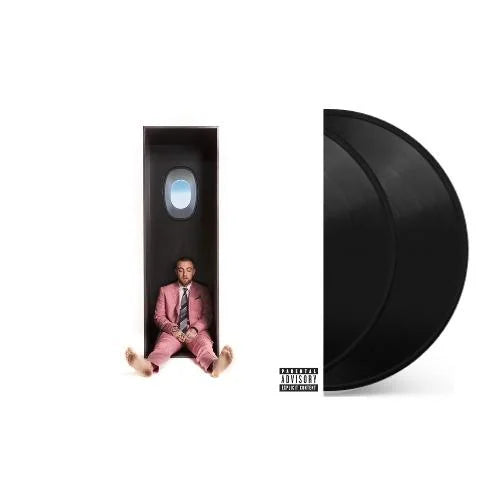
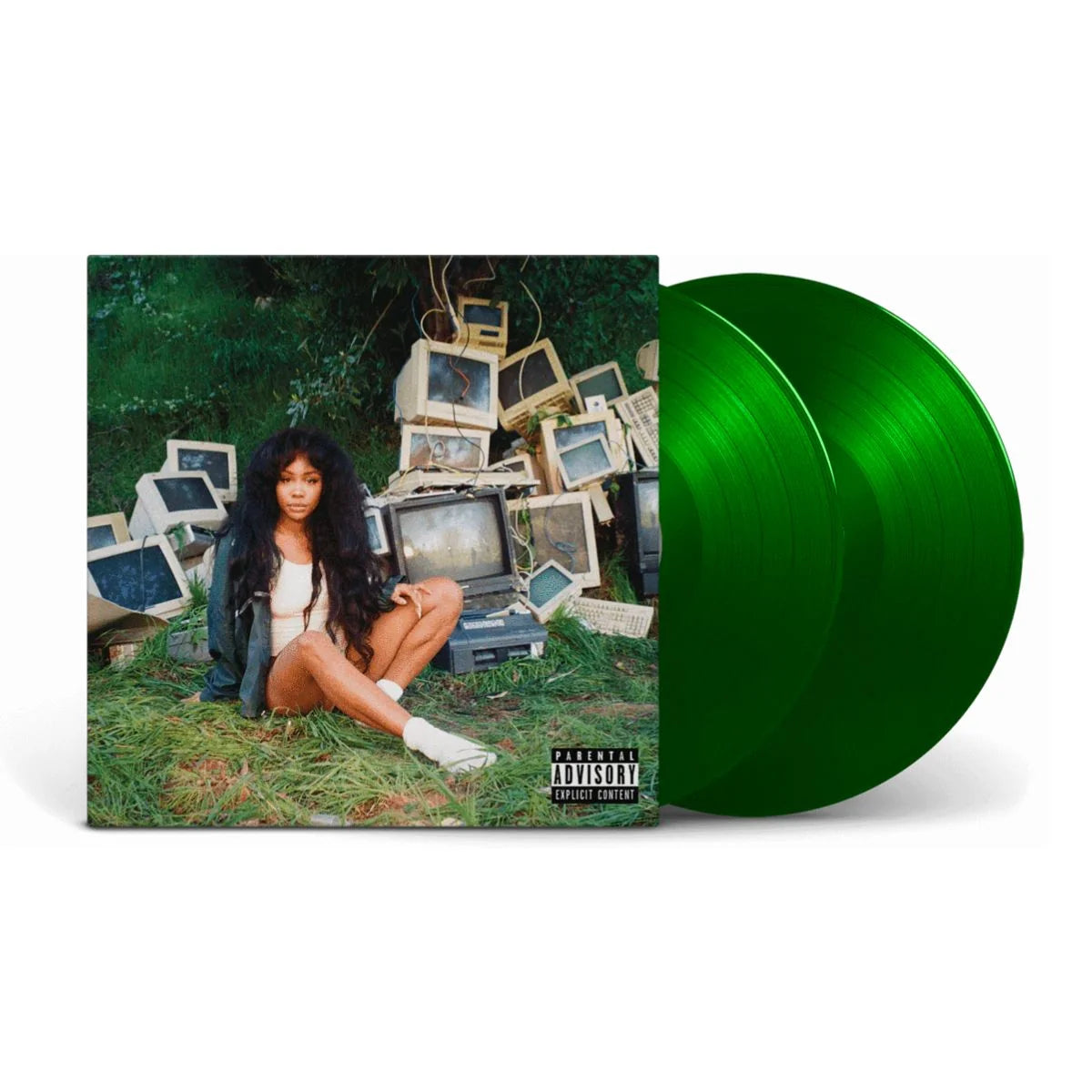
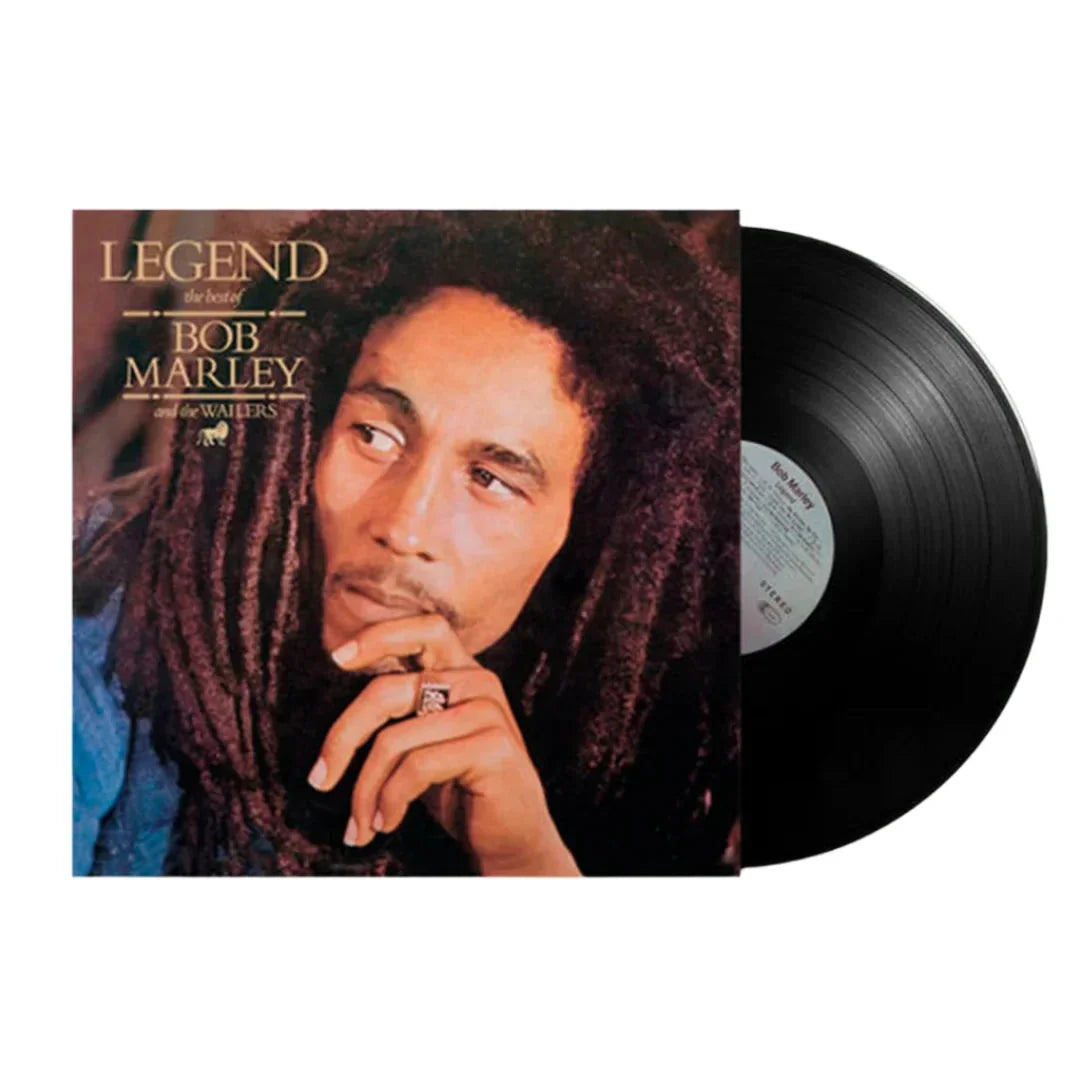
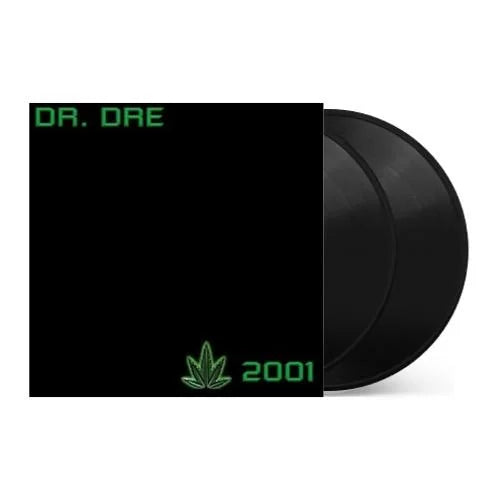
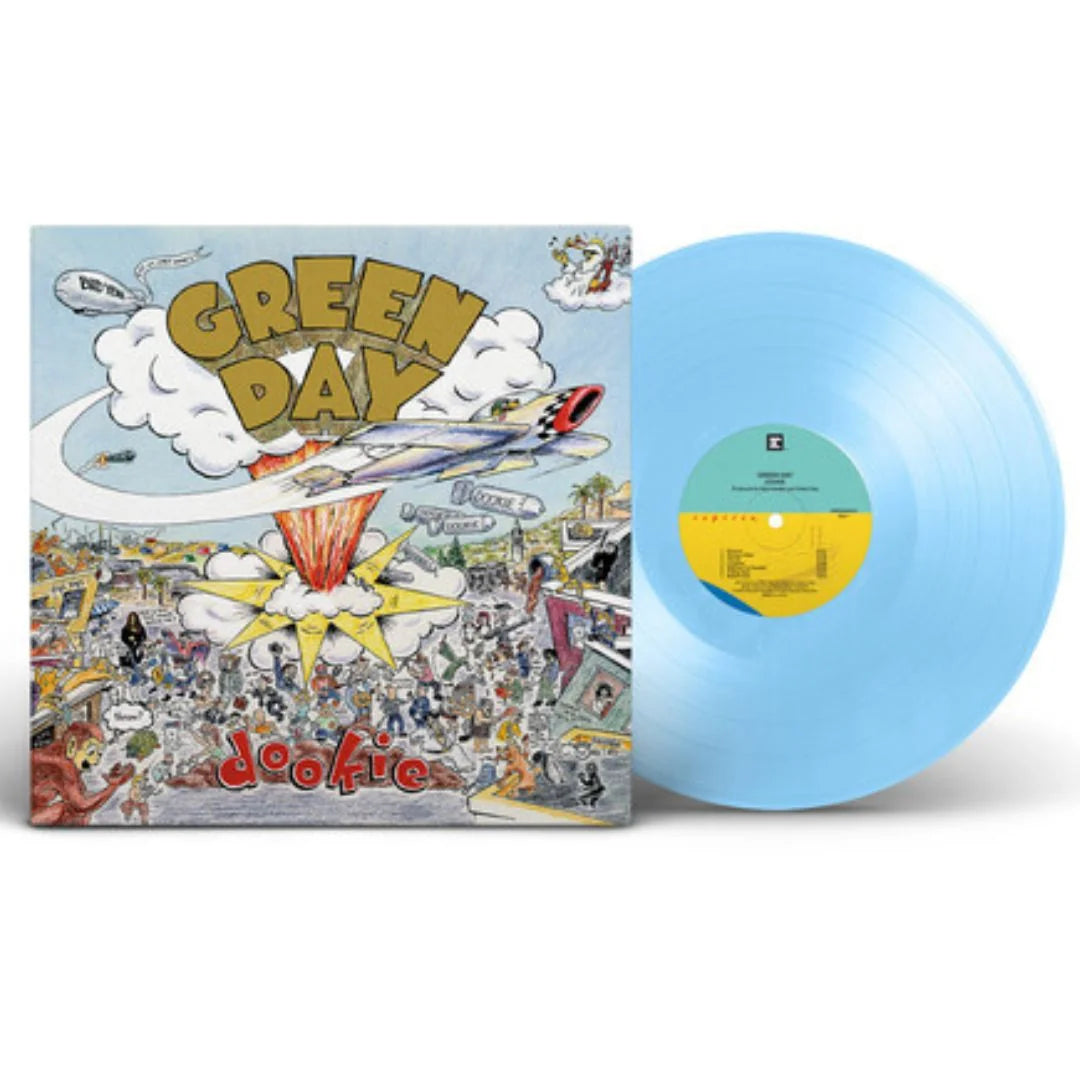
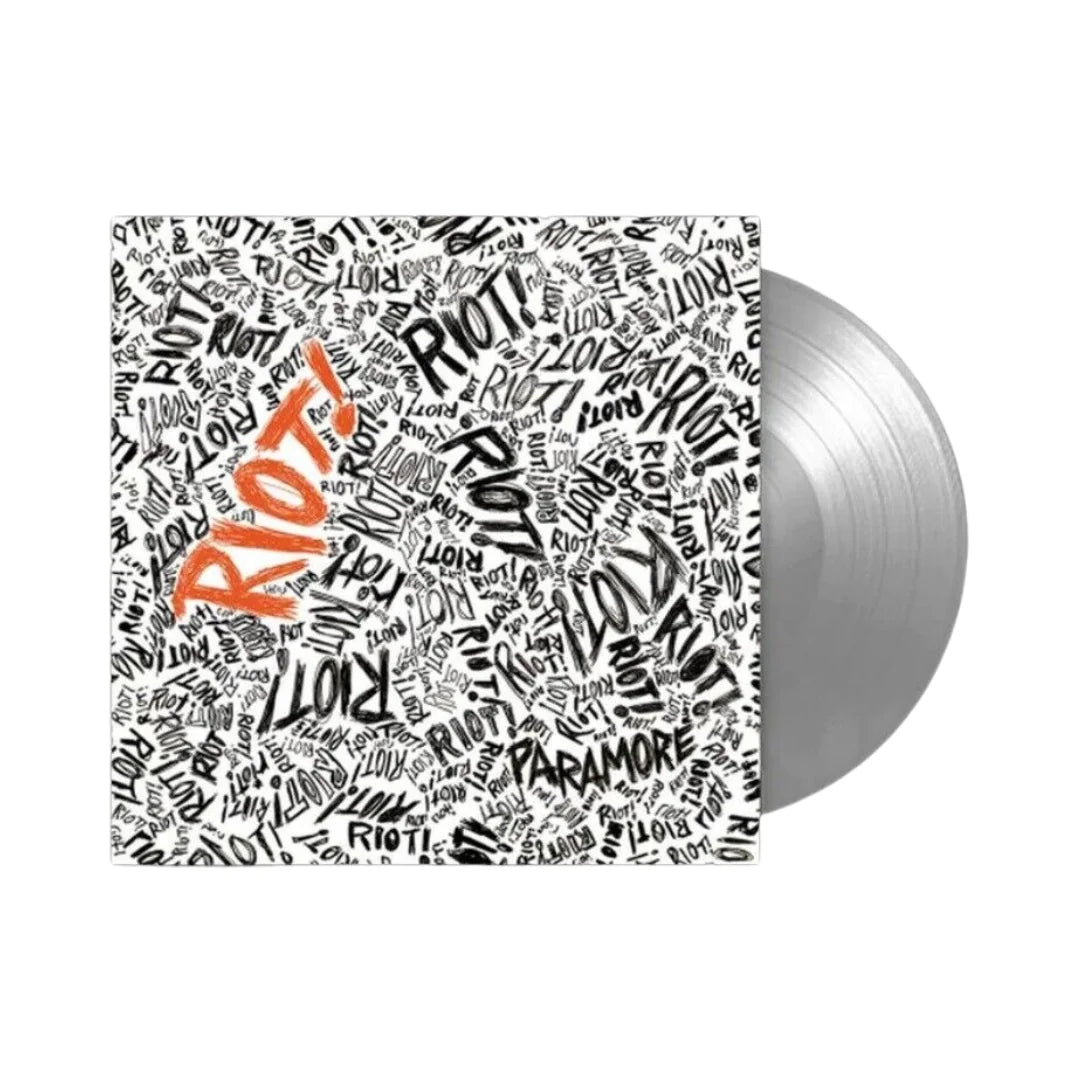
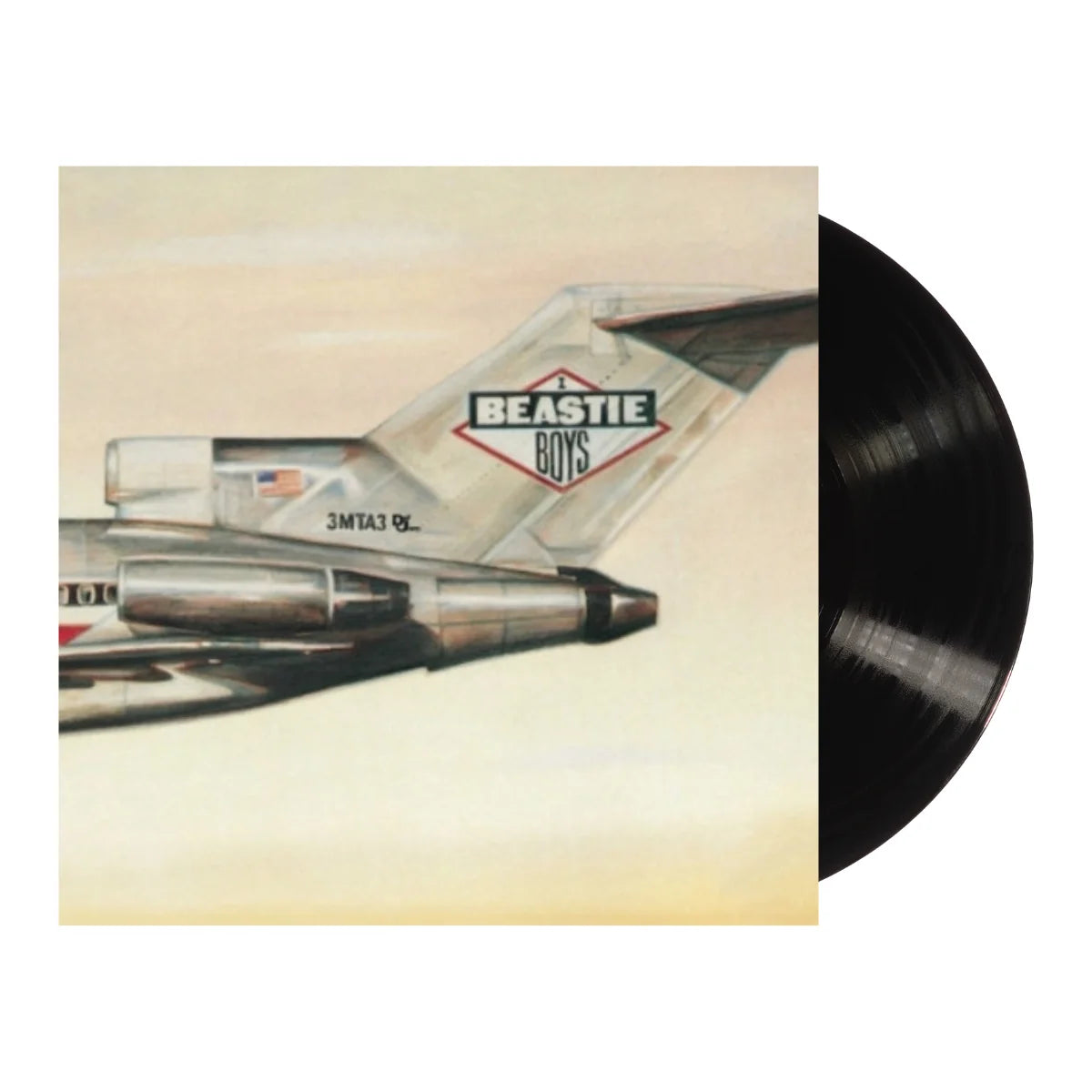
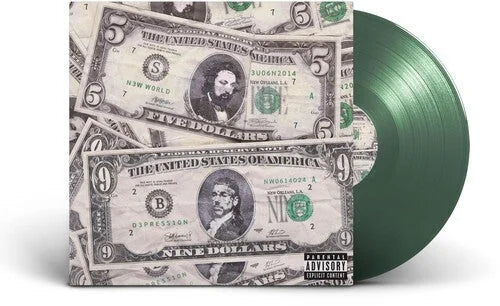
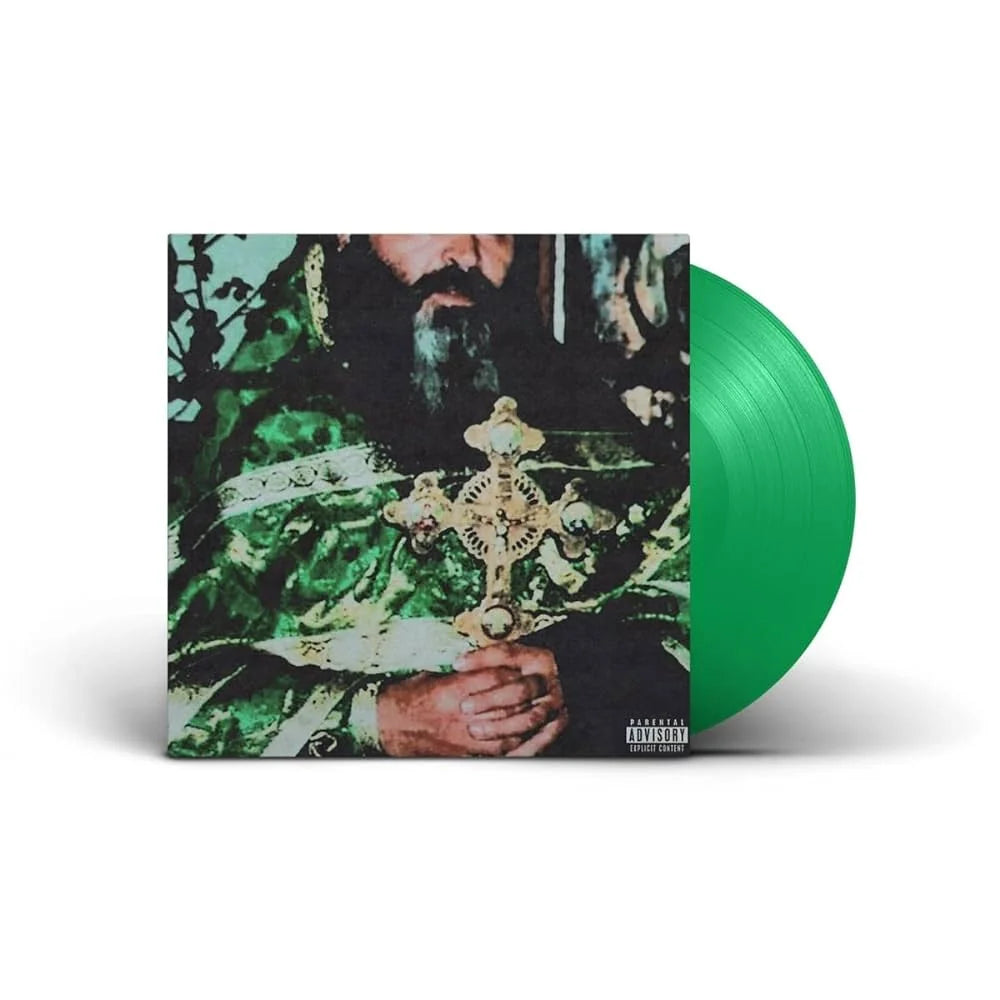
![$Uicideboy$ - Thy Kingdom Come [Clear]](http://vinyl.com/cdn/shop/files/4435583-3407920.jpg?v=1754460746&width=5760)
![(hed) p.e. - New And Improved [Pink]](http://vinyl.com/cdn/shop/files/4425252-3389420.jpg?v=1746578880&width=5760)


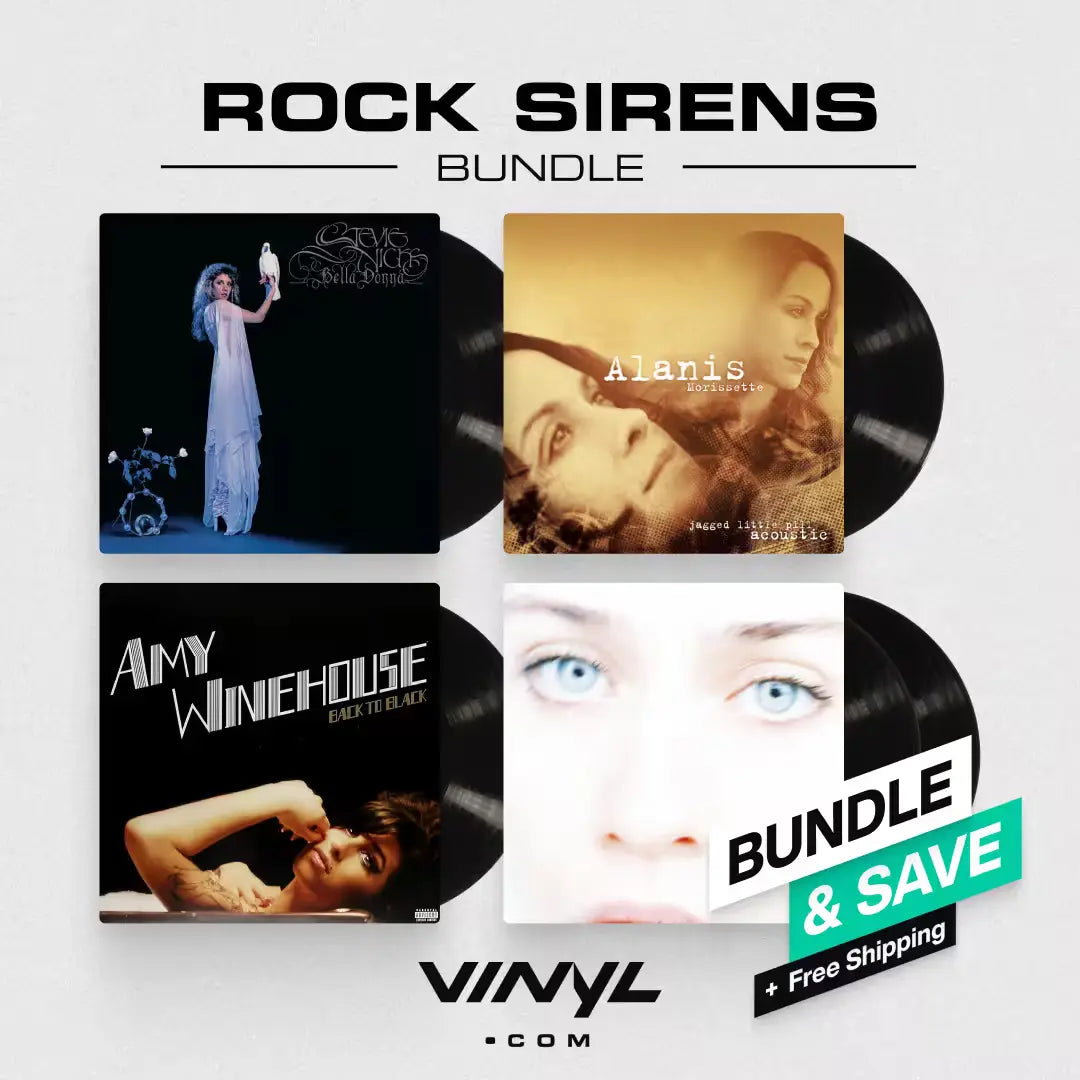
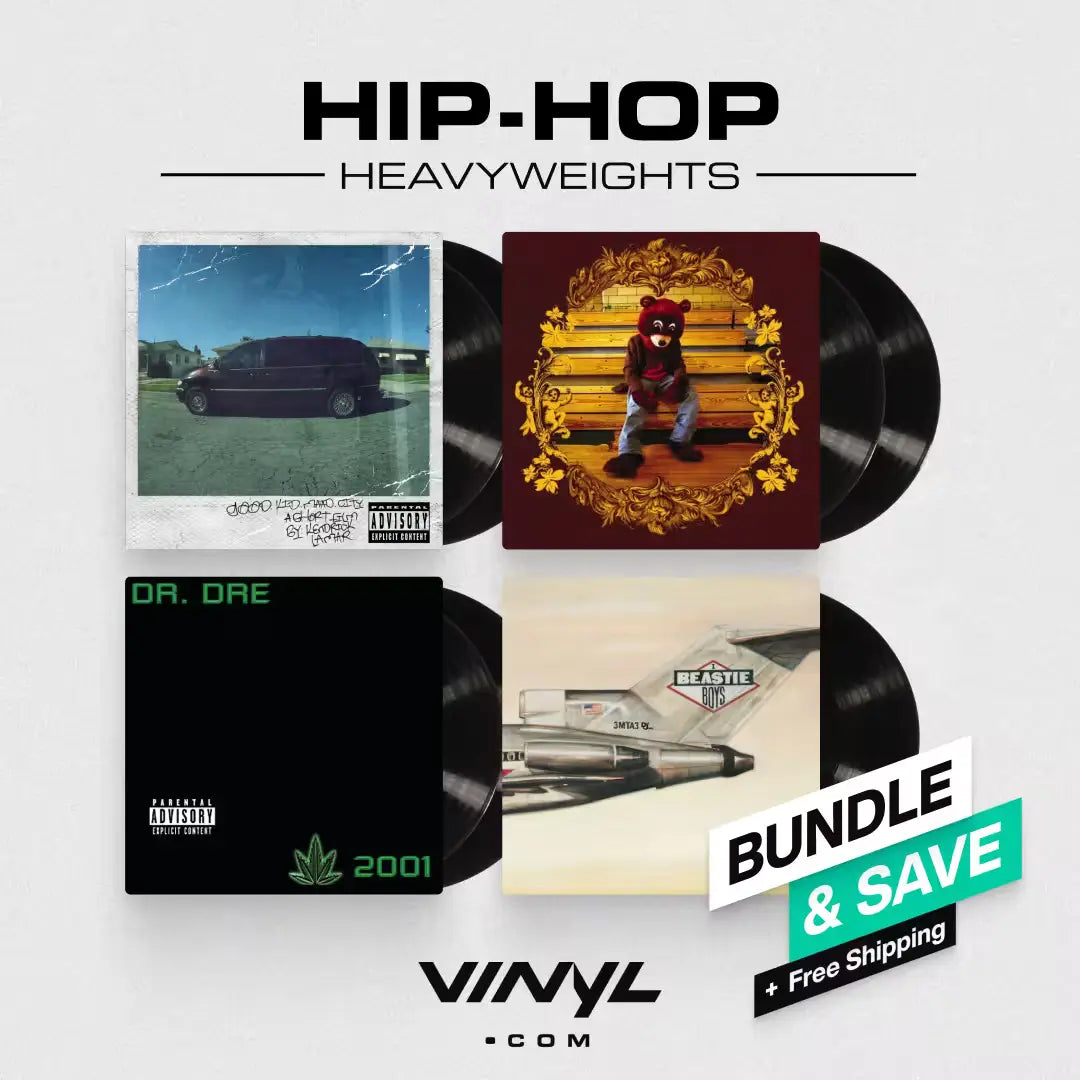
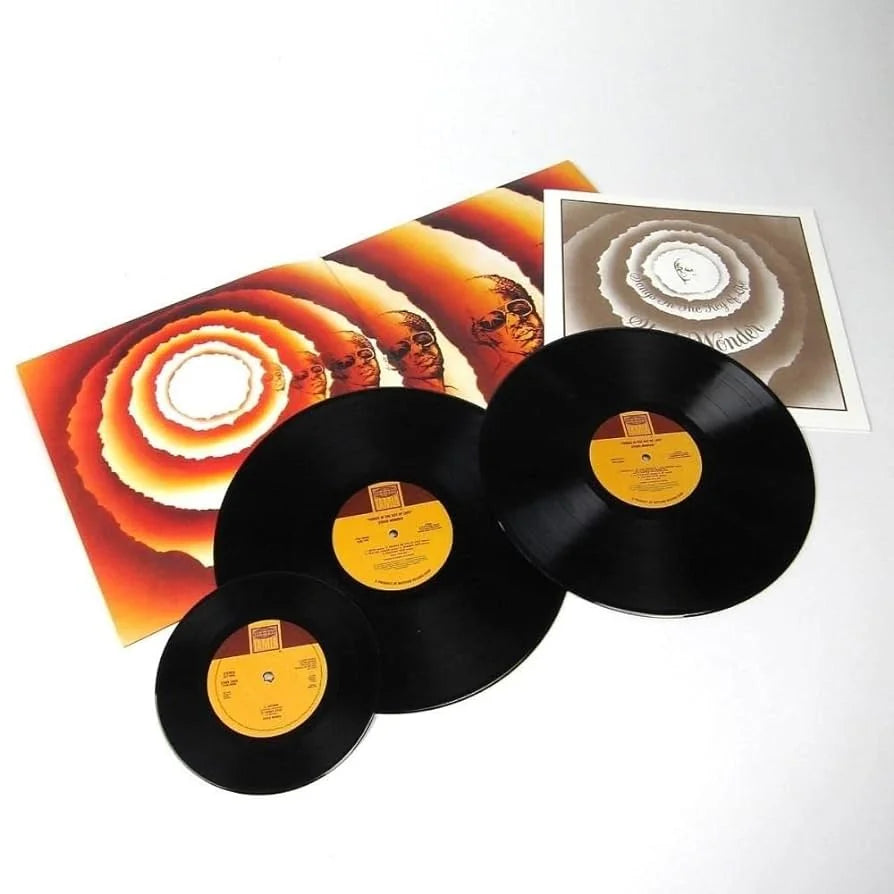
![The Grateful Dead - The Music Never Stopped [6LP Box Set]](http://vinyl.com/cdn/shop/files/The_Grateful_Dead-The_Music_Never_Stopped__6LP_Box_Set.jpg?v=1747729623&width=5760)
![Fleetwood Mac - Fleetwood Mac 1975 To 1987 [Clear 6LP Box Set]](http://vinyl.com/cdn/shop/files/2RHILP81833__61378.jpg?v=1743391443&width=5760)
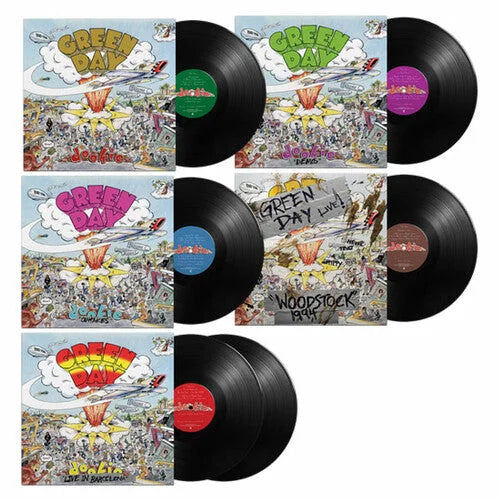
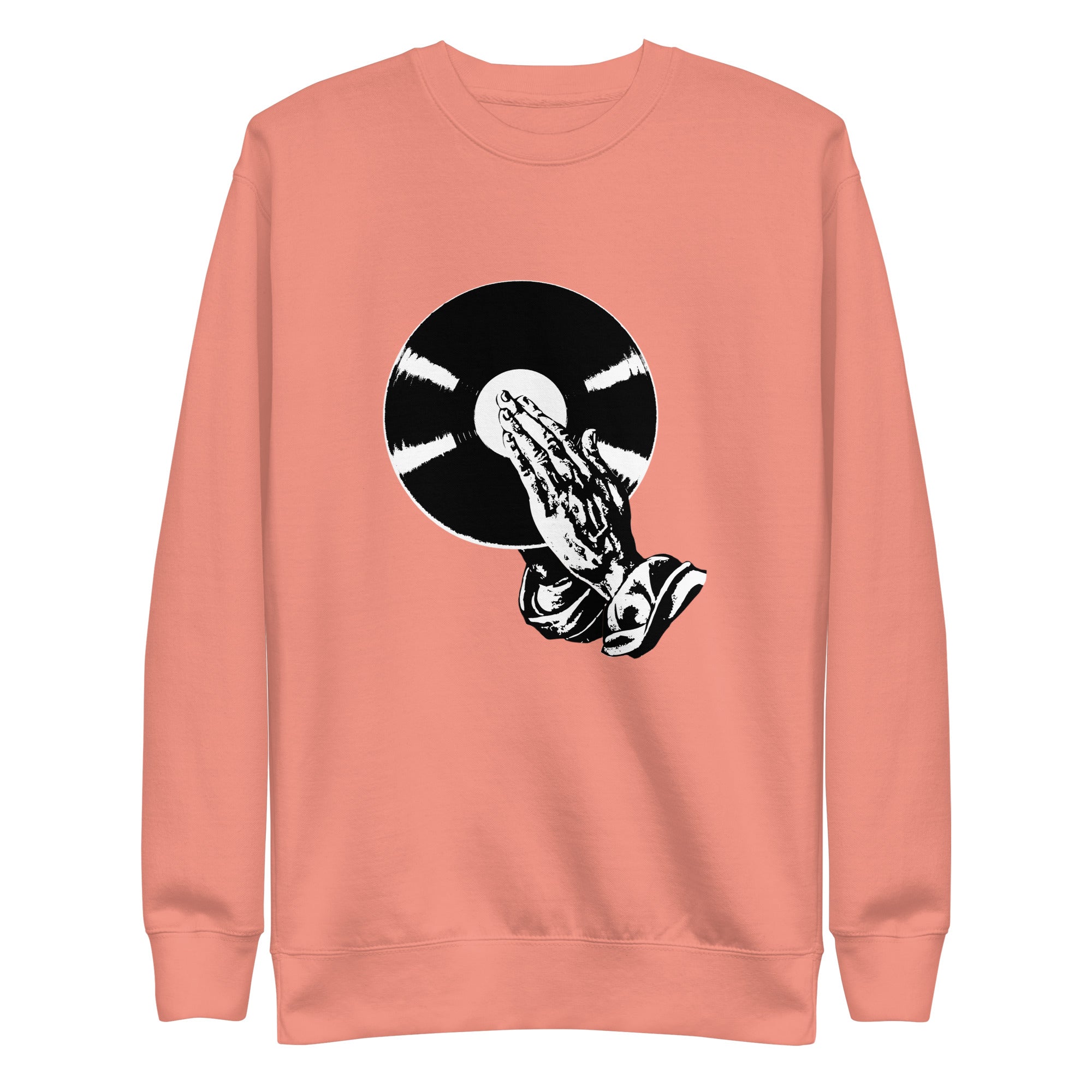
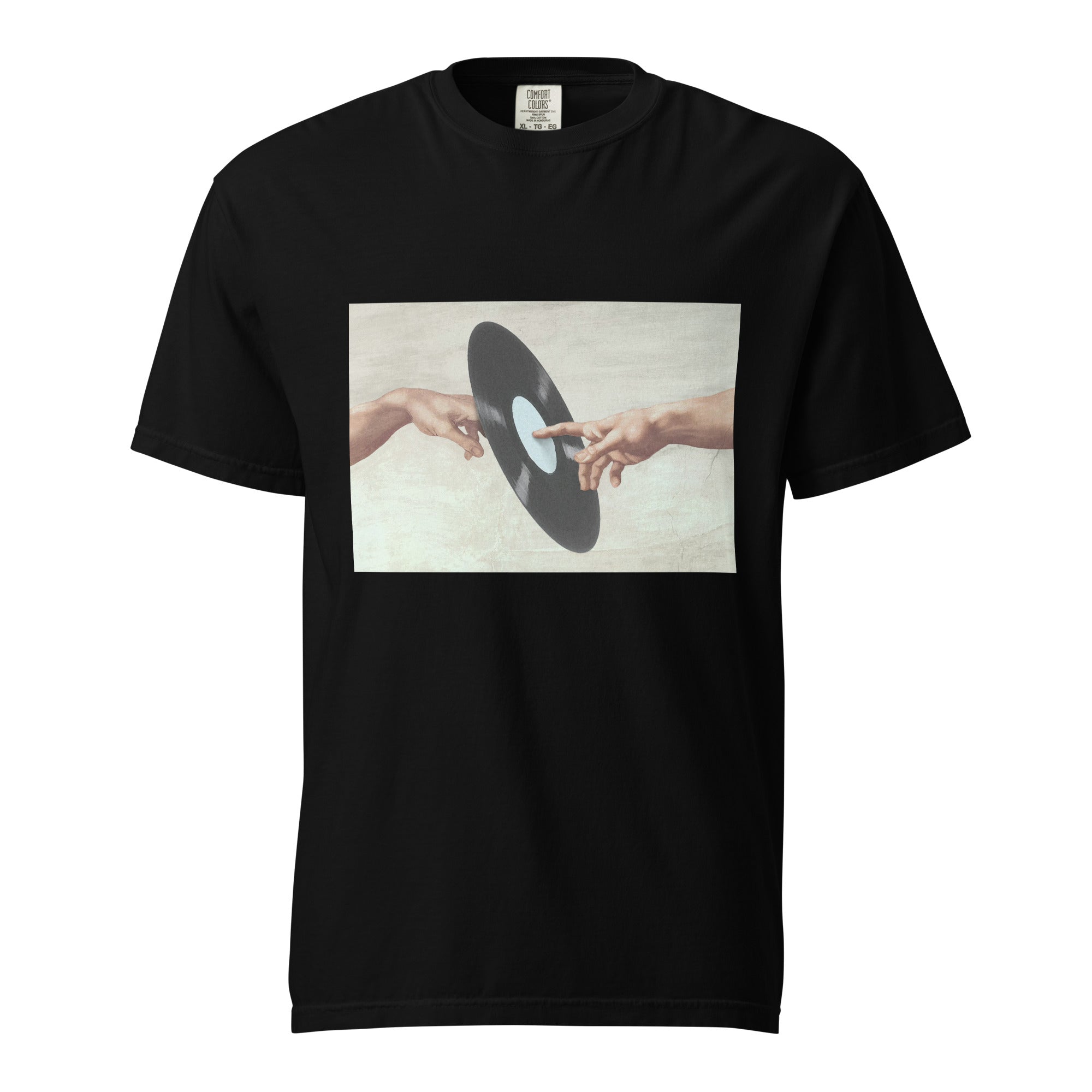
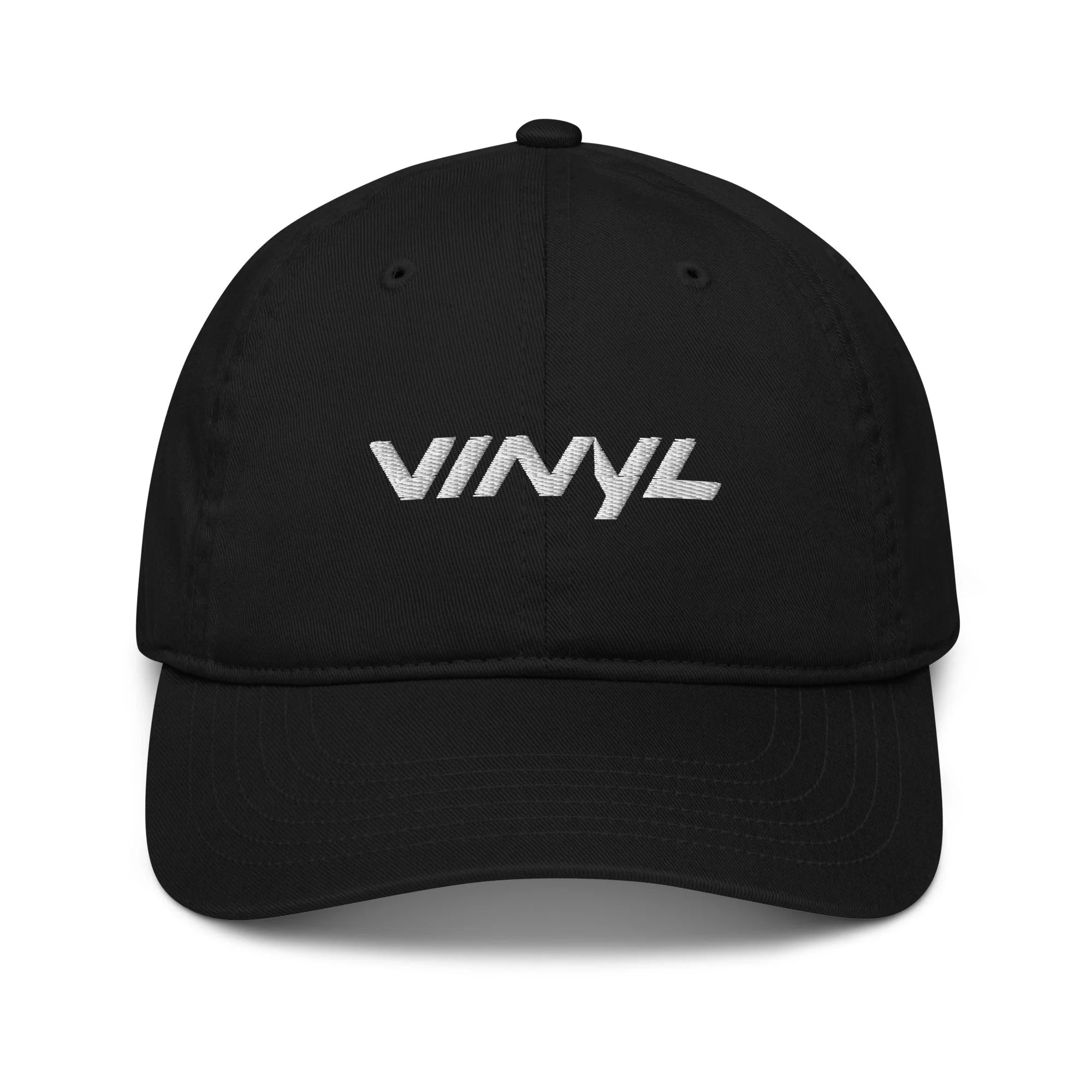
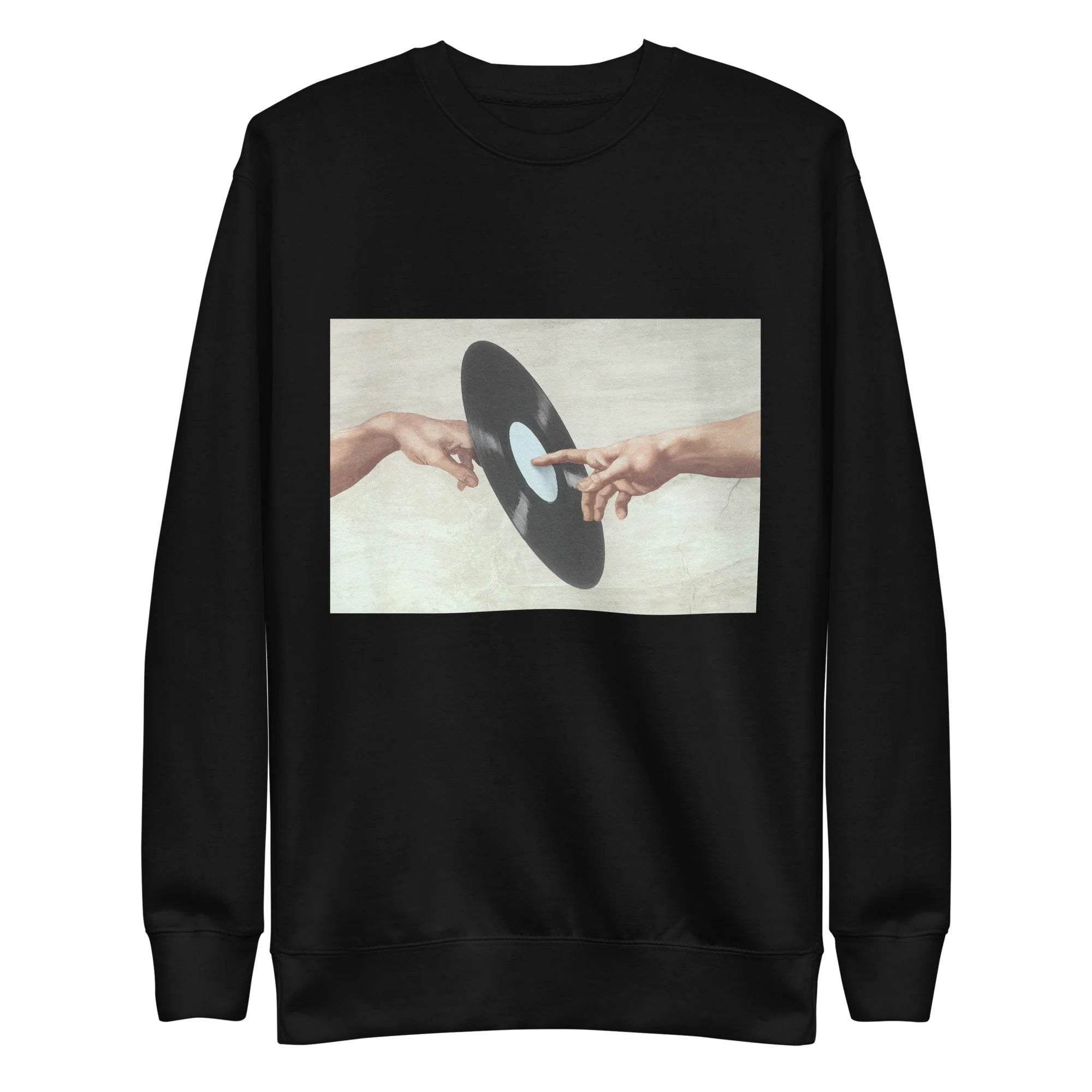
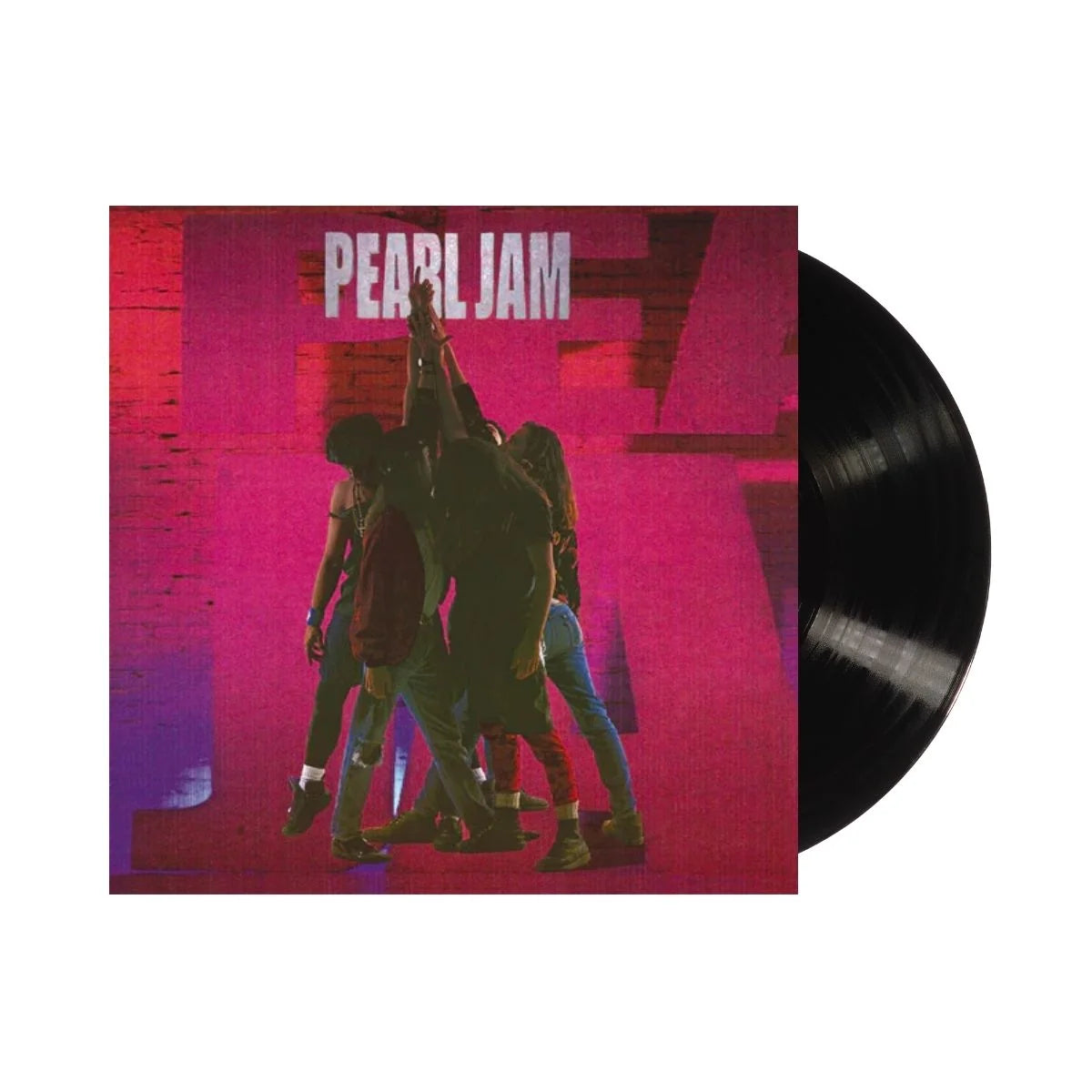
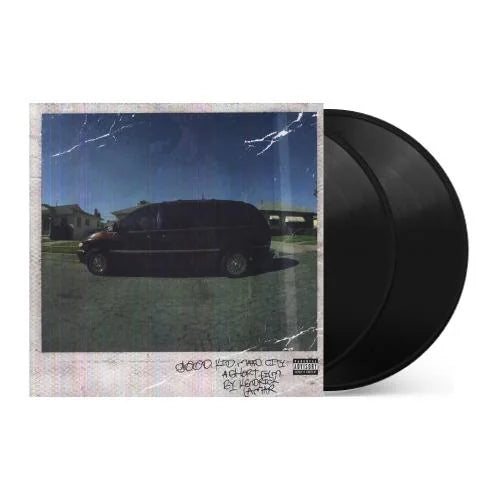
![Taylor Swift - 1989 (Taylor's Version) [2LP Crystal Skies Blue]](http://vinyl.com/cdn/shop/files/taylor_swift_1989_taylors_version.jpg?v=1734389117&width=5760)
![Taylor Swift - folklore [Beige 2LP]](http://vinyl.com/cdn/shop/files/477929-Product-0-I-637317959467683009_grande_a6f82db0-1cb7-45c5-8892-ed79af261e80.webp?v=1736750683&width=5760)
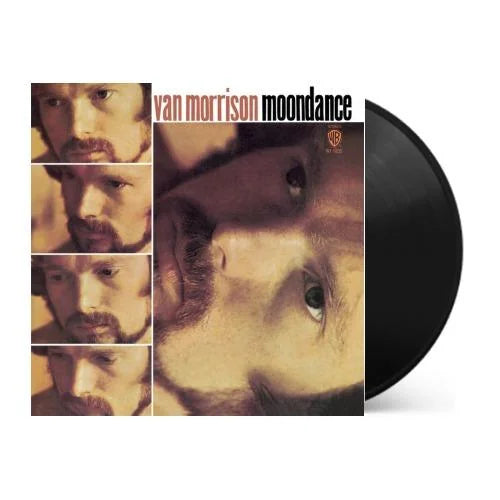
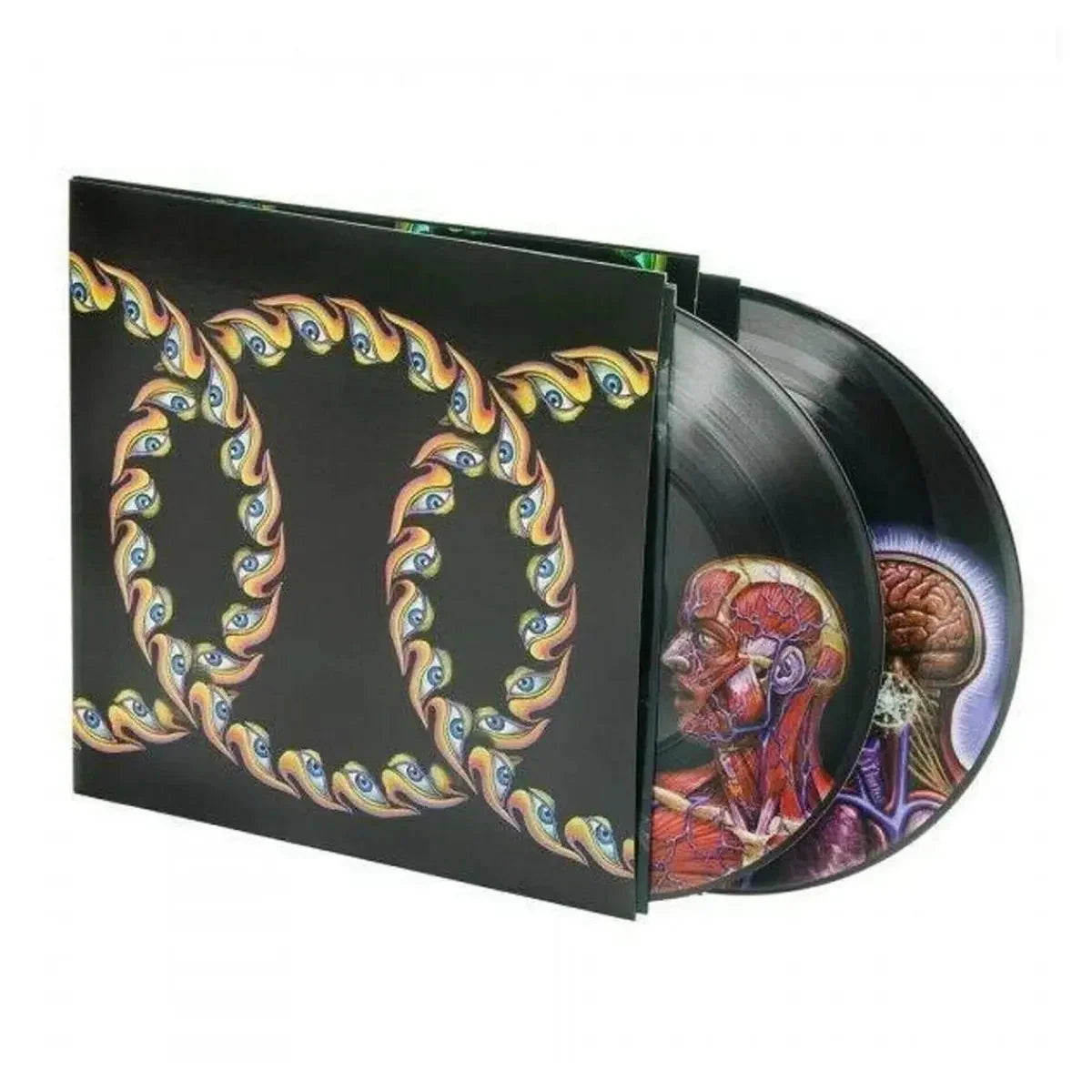
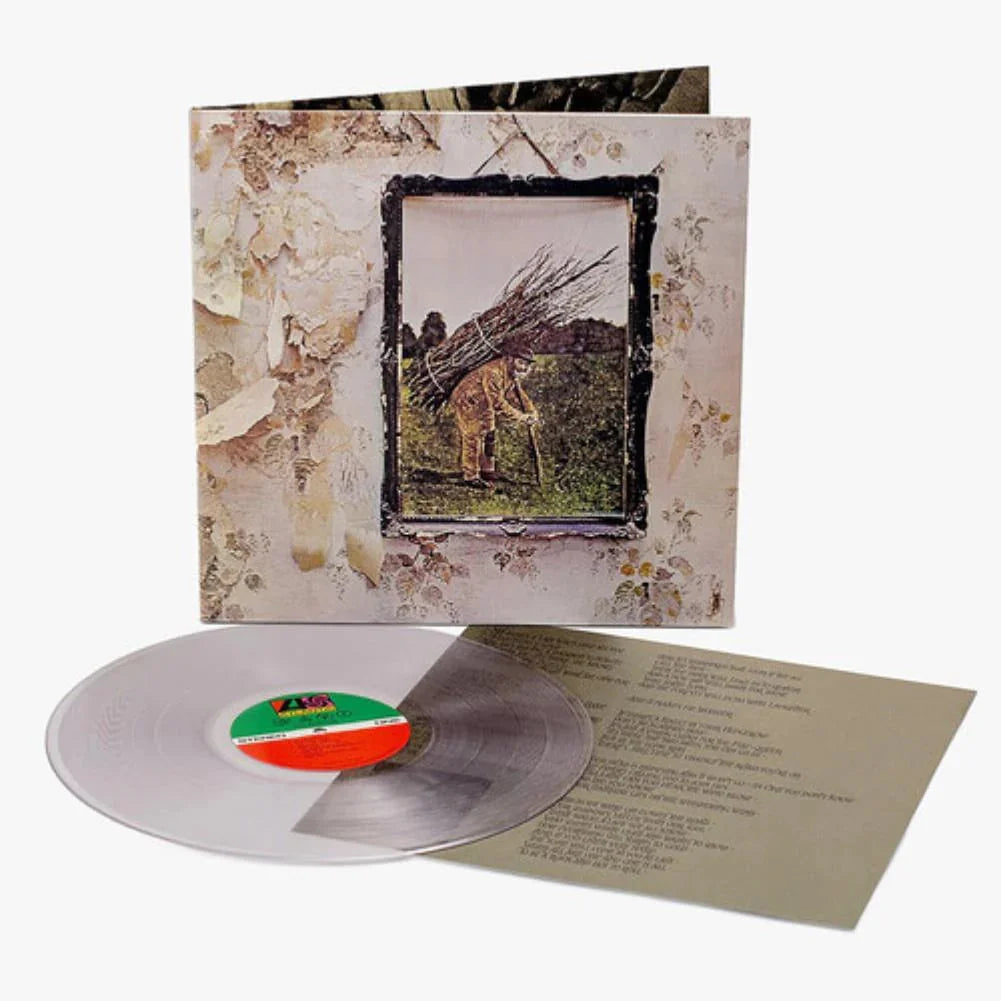
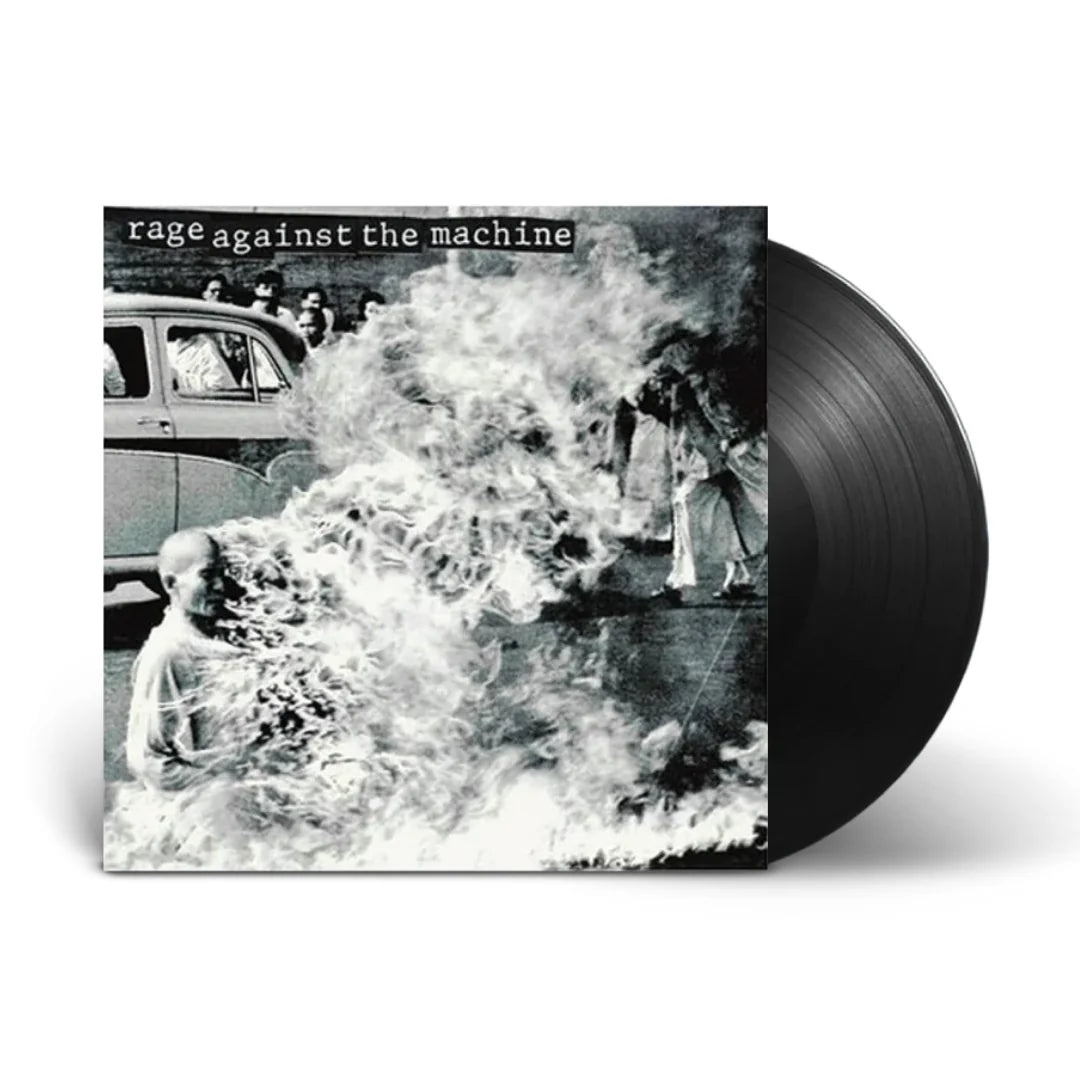
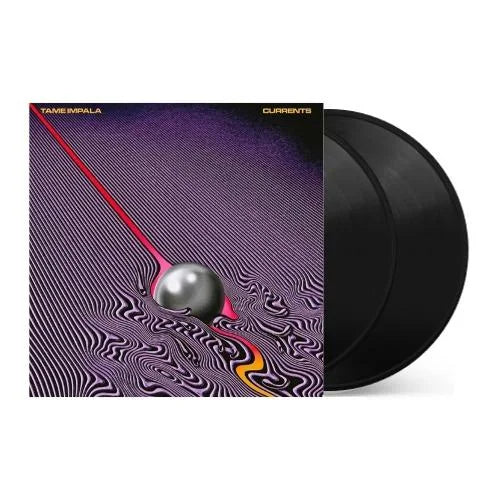
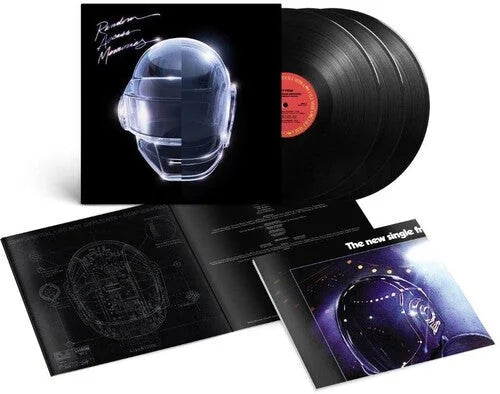
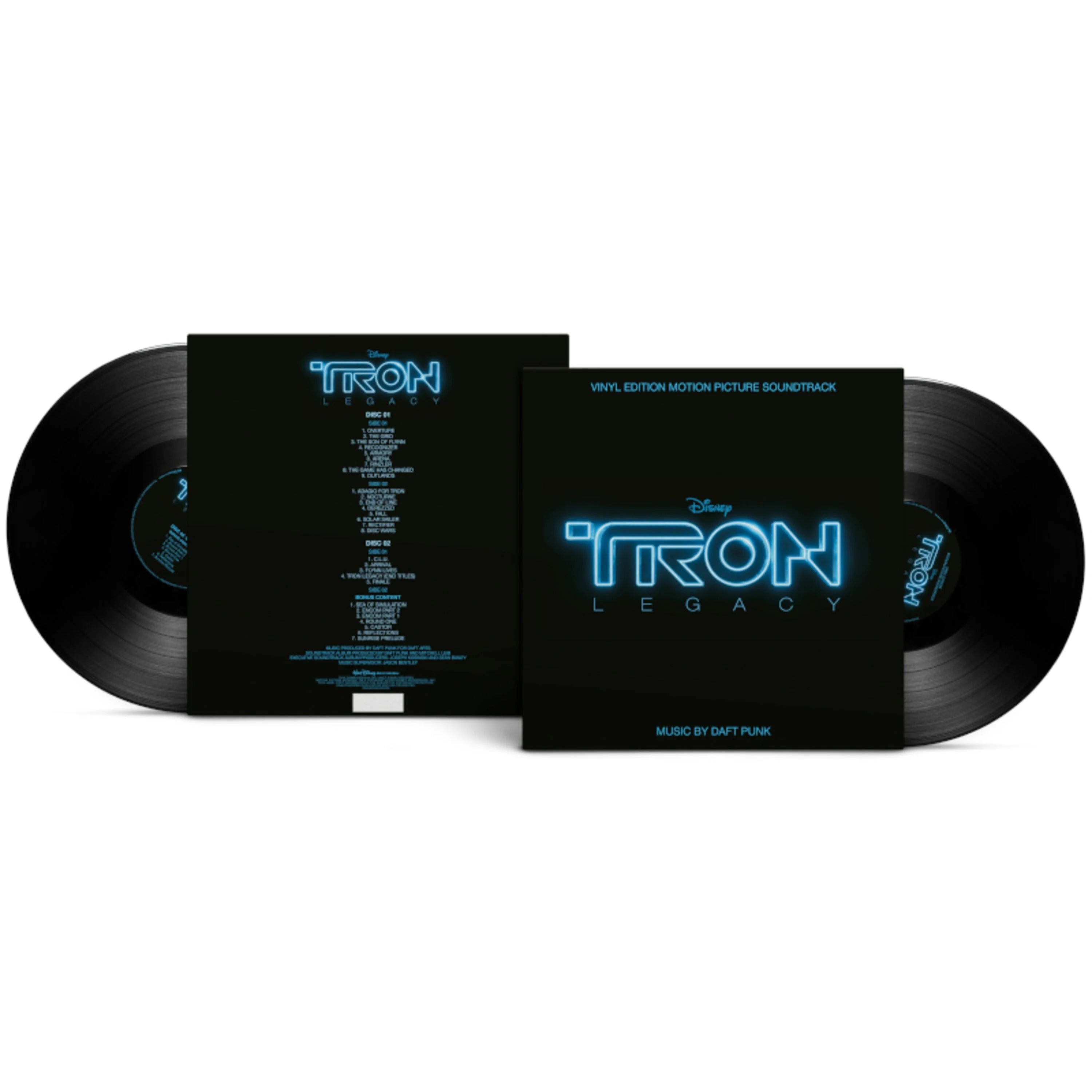

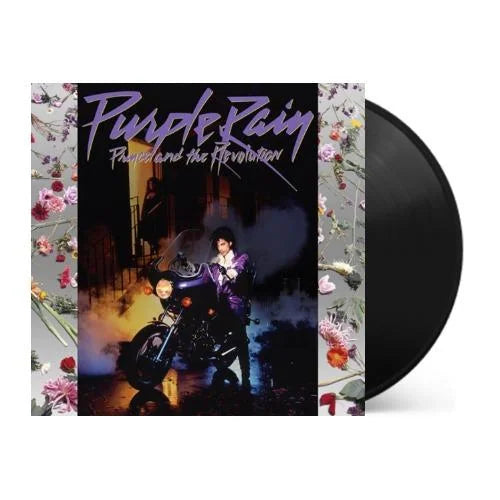
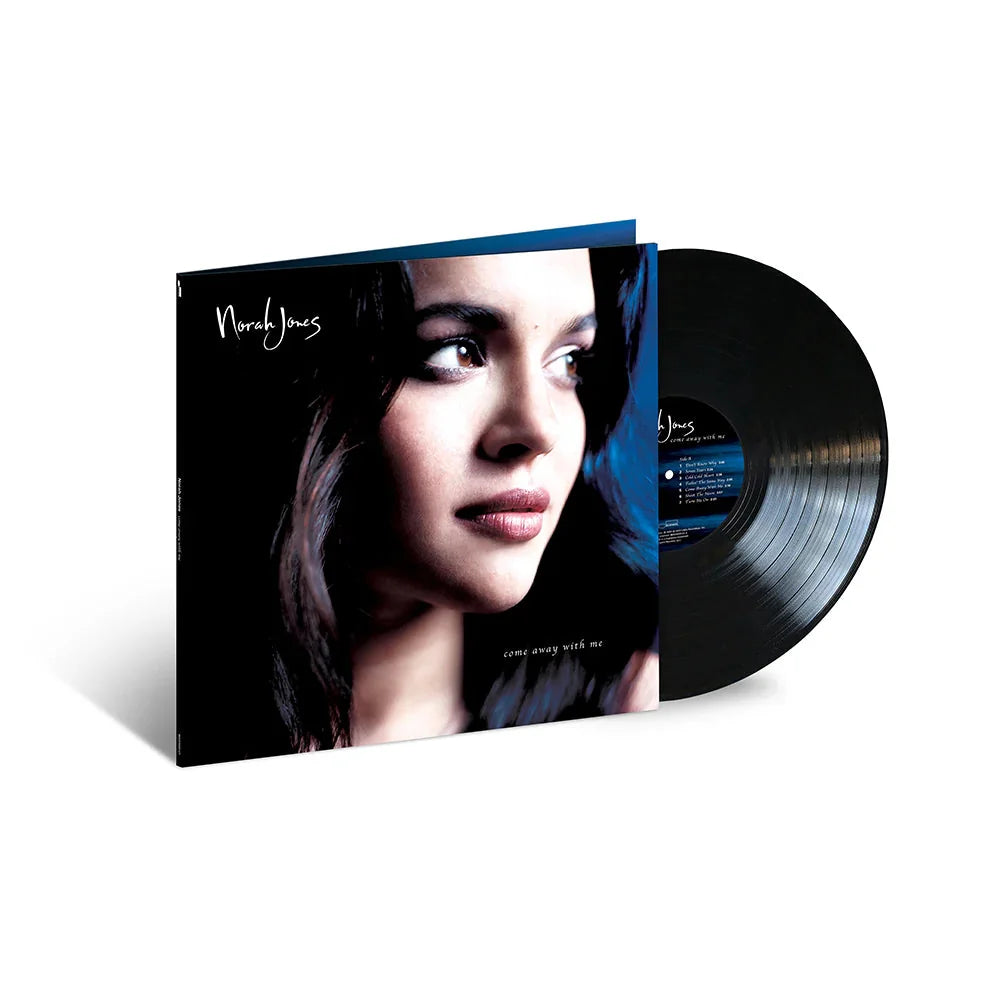
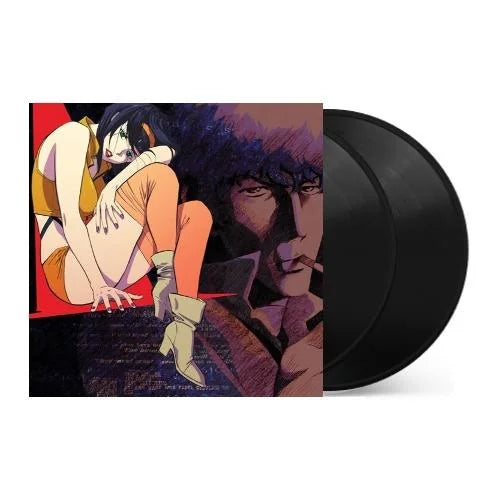
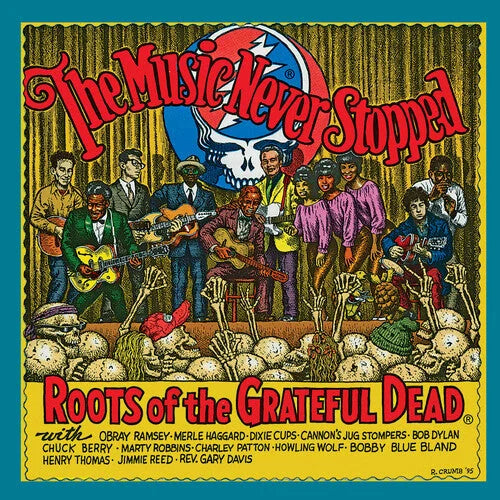
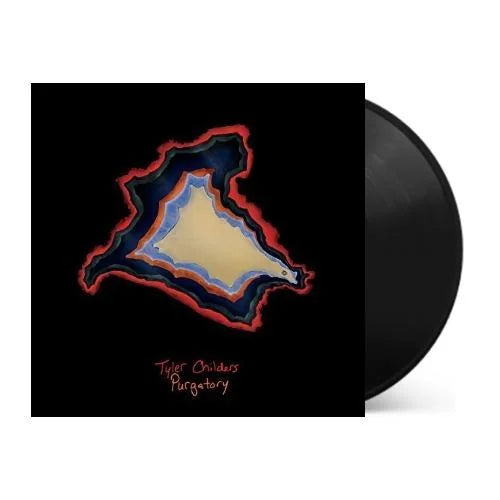
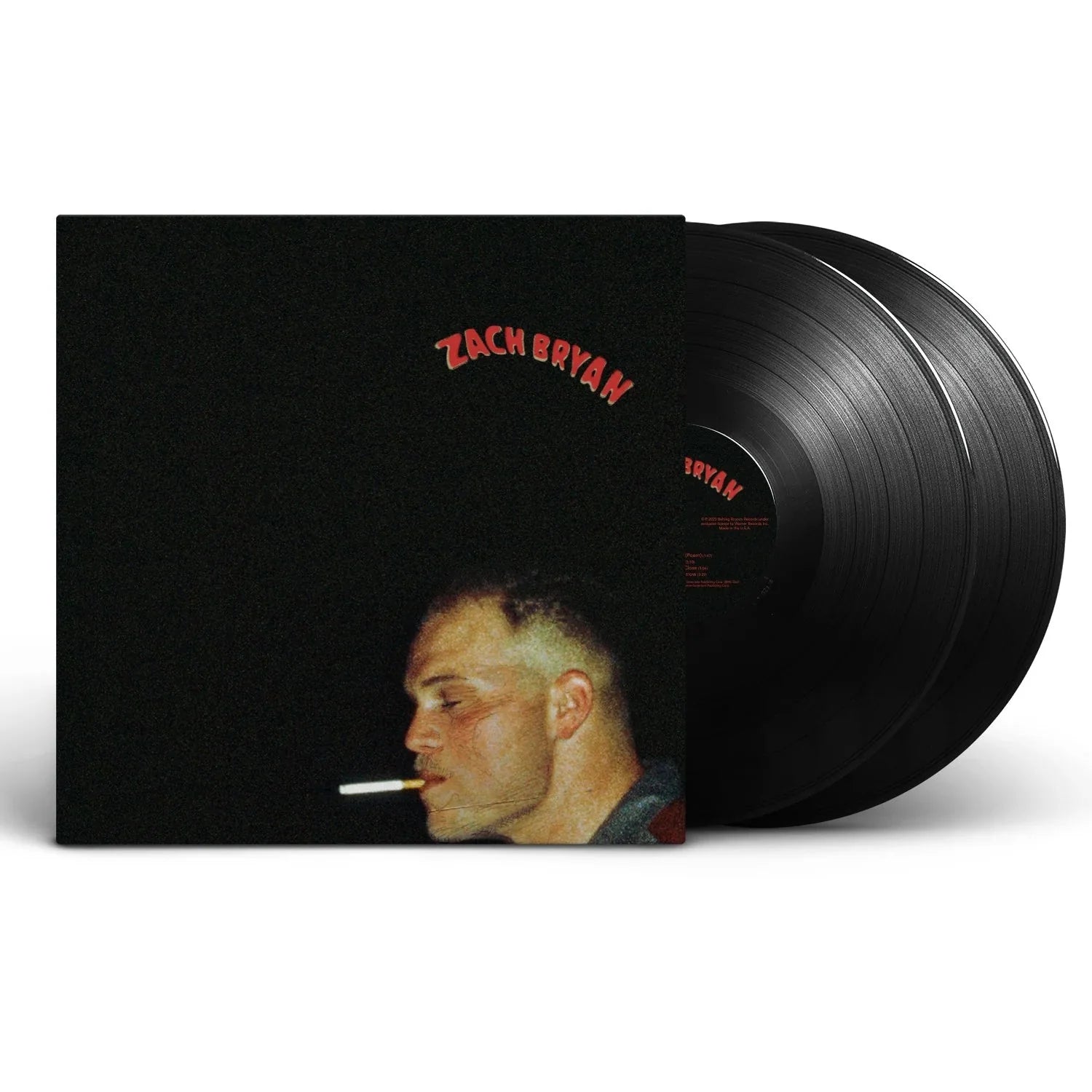
![Grace Jones - Nightclubbing [Gold]](http://vinyl.com/cdn/shop/files/4407705-3329230.jpg?v=1742429522&width=5760)

![Debbie Harry - KooKoo [2LP Clear]](http://vinyl.com/cdn/shop/files/4025259-2960387.jpg?v=1682465873&width=5760)
![Miles Davis - Kind of Blue [180-gram]](http://vinyl.com/cdn/shop/files/Y4LPMD03.webp?v=1742198237&width=5760)
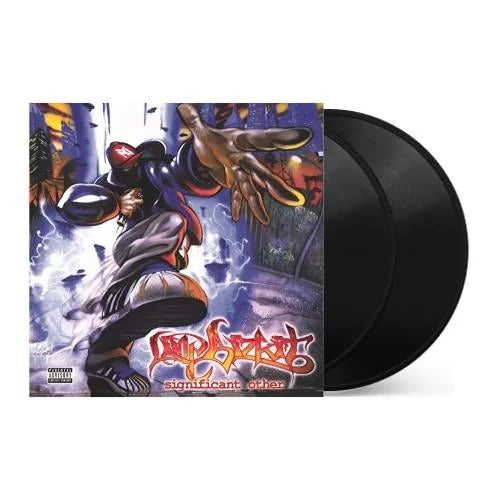
![Various Artists - Once Upon A Time: The Tarantino Sound [Red 180-Gram]](http://vinyl.com/cdn/shop/files/4376720-3283530.jpg?v=1733870948&width=5760)
